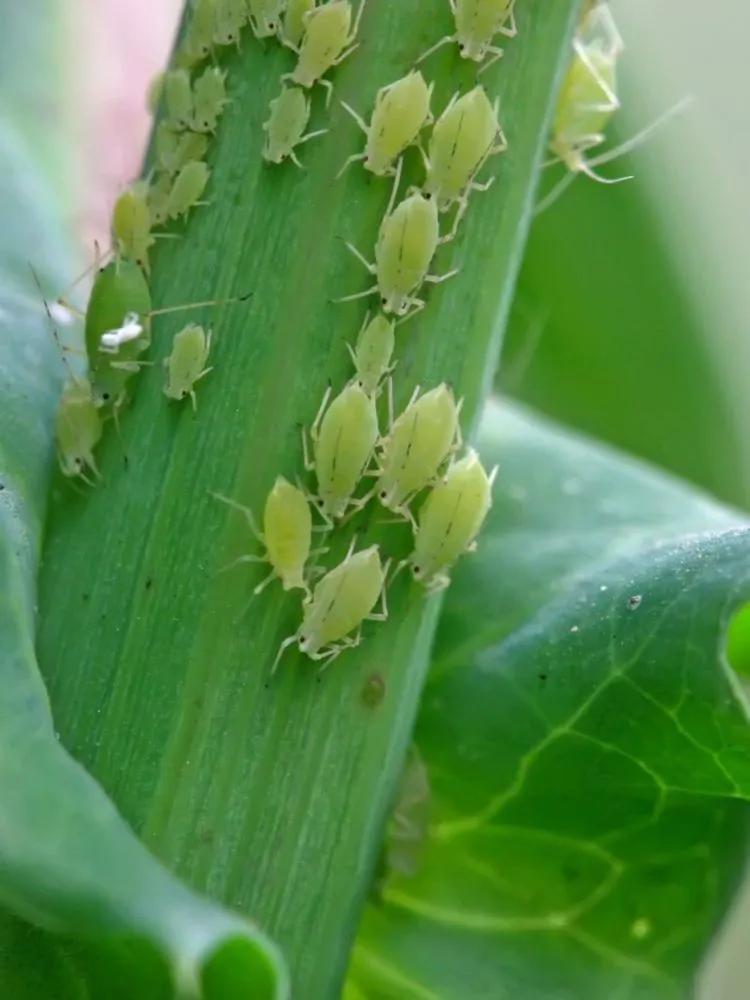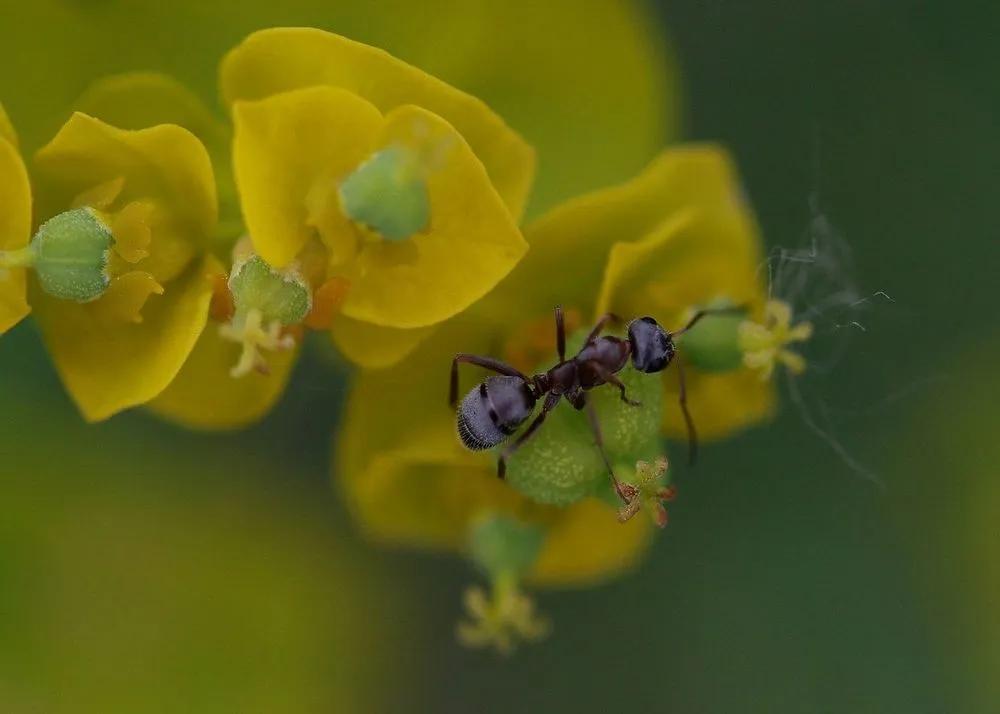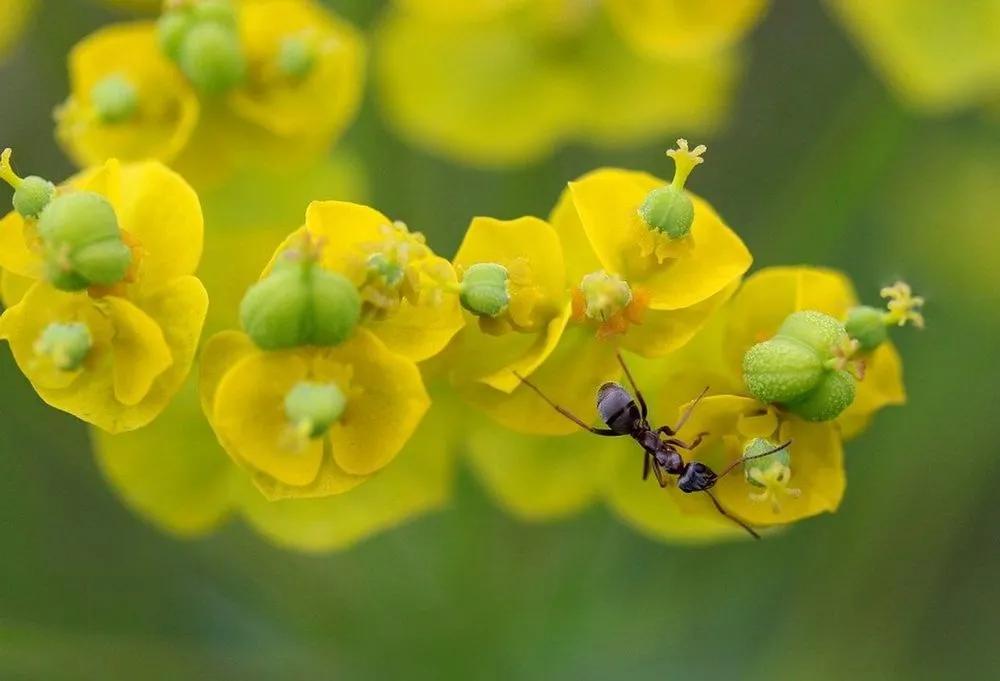Class Insecta contains many major plant pests such as aphids and thrips. Damage can be caused by both larval and adult stages. They can cause feeding damage or transmit a bacterial, viral, or fungal infection.
Insecta



Signs of damage
Changes in leaf color or texture can signal an insect problem. Leaves may become spotted, speckled or yellowed when insects are present. Leaves might also become distorted or misshapen, often looking cupped or pinched. You may spot webbing draped along leaf undersides or where leaves attach to stems.
How to prevent
Remove any sources of food, water or shelter. Store items in safe and enclosed containers. Dispose of garbage regularly with a tightly closed lid. Reduce clutter or areas where pests can hide. Seal and close off any cracks or holes to eliminate outside entry.
Heal
Wash plants with a strong spray of water to dislodge aphids, or remove and destroy affected plant parts. Organic solutions include spraying with horticultural oil (petroleum- or vegetable-based oil used to smother insects), insecticidal soap or neem (insecticide made from a tropical tree by the same name).
Go Premium to continue reading
Also you’ll get unlimited access to disease identification and all the other beneficial features
More problems
